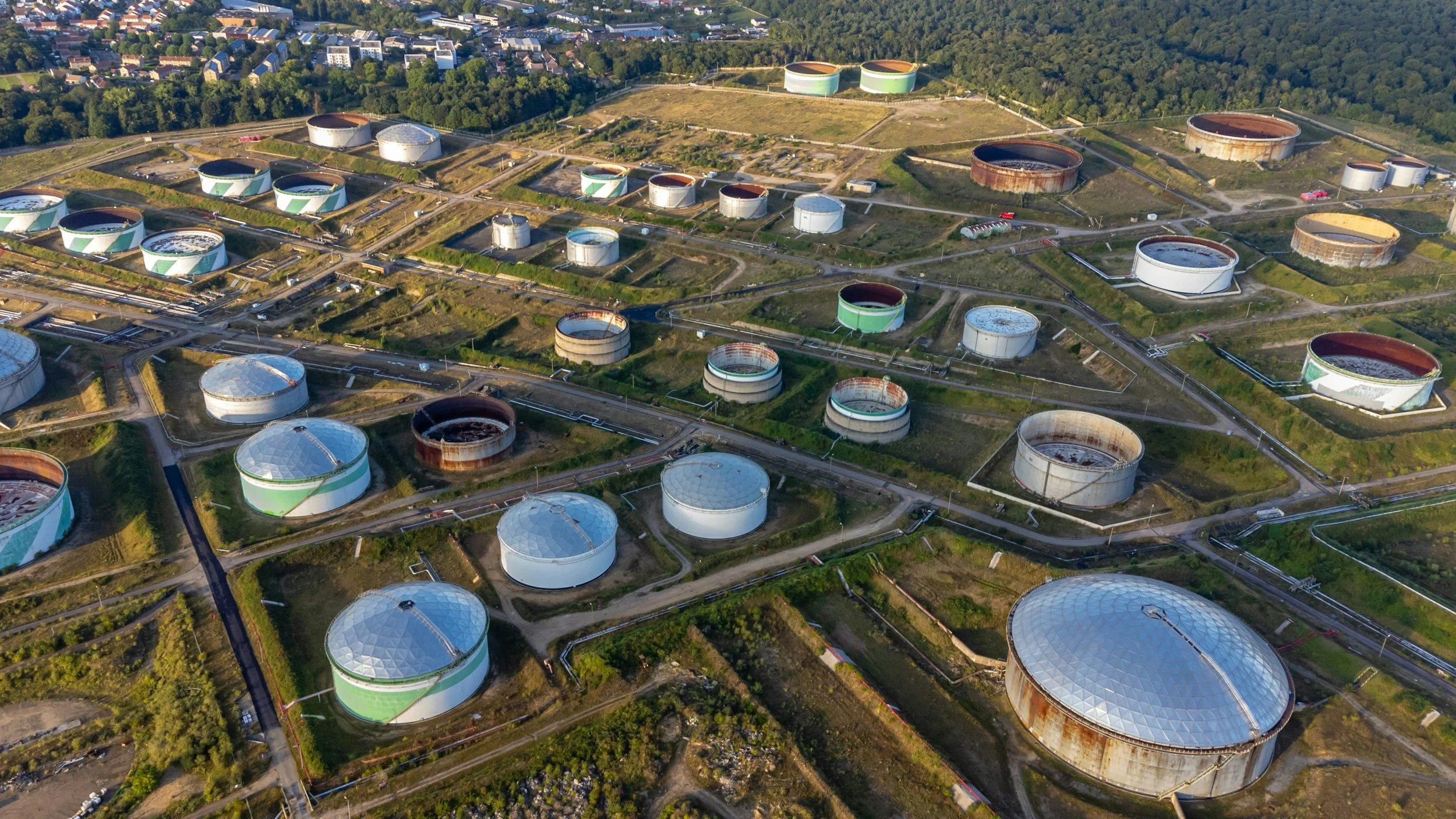Libya's oil production, crucial to both its economy and global energy markets, was severely disrupted last week. The country's production has fallen by around 70% due to a crisis over control of the country's central bank, while exports have also been halted. The dispute between eastern and western political factions has already led to force majeure in several oil fields, according to the state-owned National Oil Corporation.
Specifically, the Sharara, El Feel, Sarir and Wafa oil fields have been affected by the situation, resulting in around 700,000 bpd being taken offline. Although the Sarir field along with Messla and Nafoura fields got instructions to resume operations, the output is believed to be directed towards refineries and power plants. In addition, the current situation in the country makes it extremely difficult for anyone following the market to be sure of the status of the fields, as the reliability of information coming out of Libya is highly questionable and often contradictory.
Prior to these recent disruptions, Libya was producing around 1.2 million barrels per day (mbpd) (1.18mbpd in July 2024), with ambitions to increase this to 2.0m bpd by the mid-2020s. The country's oil is particularly valuable due to its high quality, making it a preferred source for European refineries. However, this level of production is precarious, with frequent disruptions due to ongoing political instability and deteriorating infrastructure.
Libya has long struggled with internal political instability since the fall of Muammar Gaddafi in 2011. The country is currently divided between rival governments in the east and west, each backed by different militias. This division has made it difficult to maintain consistent oil production. The most recent disruption led to a freeze on funds needed for oil production, resulting in the closure of fields operated by the Arabian Gulf Oil Company (Agoco), a subsidiary of Libya's National Oil Corporation (NOC).
As far as exports are concerned, Libya is primarily exporting oil from the Es Sider port in the eastern part of the country. In August, the country exported 3.9 million metric tons (mmt), while on average in 2024, it has been exporting 4.2 mmt per month until August, equivalent to approximately 1.03 million barrels per day (mbpd). The trade is largely facilitated by Aframax tankers, with Italy being the top destination for both 2023 and 2024, accounting for more than 37% of total exports in 2024. Italy is followed by Spain, Greece, the UK, and to a lesser extent, the US.
The fact that Libya's main customer is so close in proximity has resulted in a muted reaction in the freight market, as seen in the TD21 (CrossMed) route last week, which fell 10% to WS 111—an unsurprising figure given the volatility in the shipping industry. Although there are rumors that the conflict may soon be resolved, the frequent oil supply disruptions due to such conflicts undermine Libya's reliability as a supplier. If these shutdowns persist, a critical question arises: will end buyers continue sourcing barrels from Libya, or will they turn to Russia and Turkey, the largest suppliers in the Mediterranean, or even more distant suppliers, thereby supporting ton-mile demand?
Data Source: Intermodal
